30 Years Later, Mortal Kombat 3 Is The Most Underrated Game In The Series
After the first two wildly successful Mortal Kombat games, Mortal Kombat 3 was released to lukewarm responses on April 15, 1995. The various gameplay changes and a ton of missing characters left both casual and hardcore fans puzzled, but as time went on, especially with the release of Ultimate Mortal Kombat 3 later in '95, I've grown to love this game, like many others before me. It's superior in many ways to what's seen as the best arcade Mortal Kombat title, MK2.
When looking at Ultimate MK3, Midway went all-out, giving the fans everything they wanted and then some. Plus, while negatively received at launch, the gameplay and content additions were pretty influential, and one has to love the over-the-top finishing moves. There's a reason why Mortal Kombat co-creator Ed Boon has stated that Ultimate MK3 is his favorite 2D Mortal Kombat game.
Mortal Kombat 3's Gameplay Changes Were Controversial But Necessary
A Needed Evolution
One of the core reasons why many Mortal Kombat players dropped MK3 back in the day was its gameplay changes, and it makes sense. In the arcades, MK3 brought a brand-new sixth button to the established five-button layout of Mortal Kombat. It was the Run button used to get up close to the opponent immediately, changing up gameplay significantly. The Run ability has its own meter that's also drained by the most notorious feature of MK3: dial-a-combo.
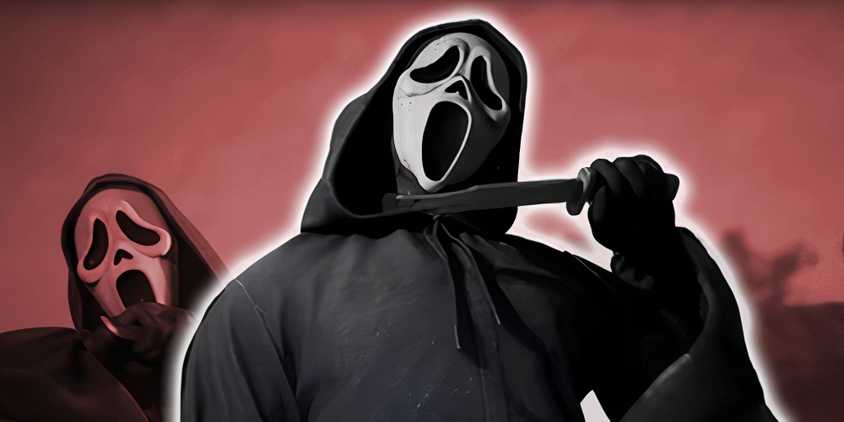
Mortal Kombat 1's Ghostface Is An Unexpected But Absolutely Perfect Addition To The Roster
NetherRealm recently revealed the gameplay for Ghostface in Mortal Kombat 1, and it appears that the masked killer is a fun addition to the roster.
Dial-a-combo is almost like an early predecessor to how combos work in fighting games today, with tough button sequences that'll reward only the most seasoned players. Many couldn't adapt to this combo system and left the game because of it, which is funny because so many future fighting games work like this. One can see the incredibly tough one-frame link Evil Ryu combos in Ultra Street Fighter 4 and notice that dial-a-combo is very much a progenitor of that.
A combo system like this was just too wild for the playerbase in 1995. However, MK3 needed something different. It couldn't just be MK2 again, or it would have felt stale. Succeeding in the arcade space requires new, eye-catching innovation, and MK3 did just that. Even putting the combo system to one side, the dynamic stages with multiple levels were hugely innovative, and later 3D fighting games would implement the same feature, first with Samurai Showdown 64 but perfected in Dead or Alive 2. Combos weren't the only controversial aspect of MK3, though.
Ultimate Mortal Kombat 3 More Than Made Up For A Rough Character Selection
Did A Better Job Than Street Fighter 3: 3rd Strike At Bringing Back Characters
The other major reason a ton of players dropped Mortal Kombat 3 was the wild amount of missing characters. All the human male and female ninjas were gone, minus Sub-Zero, who looked completely different. A Mortal Kombat game without Scorpion is like a Street Fighter game with no Ryu. Johnny Cage is also gone, and, sure, Sonya and Kano return from the first Mortal Kombat, but when a player's main is absent in a sequel, it shouldn't be surprising to see the playerbase tank as it did. However, Ultimate Mortal Kombat 3 made up for all of that.
Mileena, Ermac, and Classic Sub-Zero are unlocked through Ultimate Kombat Kodes, which can be entered at a Game Over. These characters must be unlocked for each arcade cabinet.
Midway included just about everybody except Johnny Cage in Ultimate MK3. Scorpion, Reptile, Kitana, Mileena, and Jade all returned, but Midway didn't stop there. Ermac, who was a rumored red ninja in the first Mortal Kombat that didn't actually appear in the game, makes his debut here. One can also play as Classic Sub-Zero for those who don't like his new look in MK3. Even human Smoke from MK2 is playable via a code.
The one negative would be the lack of secret characters, with only Noob Saibot appearing. Mortal Kombat is famous for its secret characters, even going to the newest installment, MK1, with Floyd being incredibly tricky to find. In the original title, Reptile was the first secret character ever in a fighting game, so the absence of secret fighters is disappointing. However, it's hard to complain too much, given what else was offered here. Ultimate MK3 offered a ton.
Ultimate Mortal Kombat 3 Has An Unrivaled Amount Of Content
For An Arcade Game, Ultimate MK3 Is Stacked
Not only did Ultimate Mortal Kombat 3 give the fans exactly what they wanted in regards to characters, but it also offered a surprising amount of content for an arcade game, encouraging fans to play it time and time again. Right off the bat, there are four types of finishers: fatalities, friendships, babalities, and the new type, animalities. The number of finisher types rivals even the newest Mortal Kombat games. While visually, many animalities are kind of weak, in terms of gameplay, they're incredible to pull off.
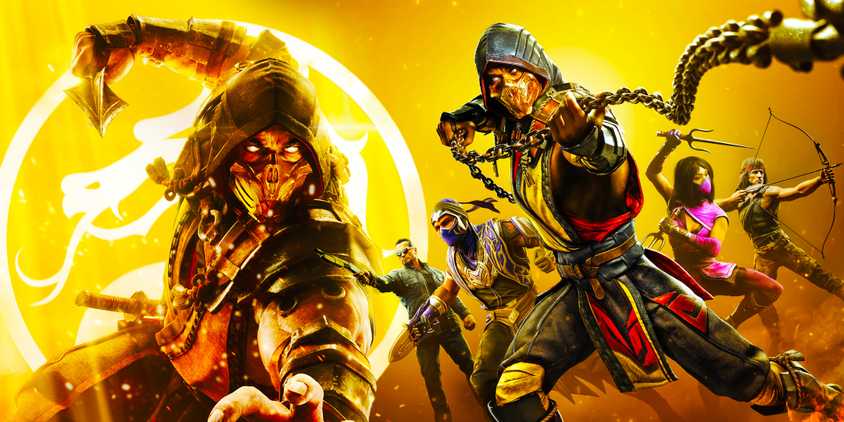
12 Best Combos In Mortal Kombat 11
Mortal Kombat 11 includes multiple combos, simple and complicated, with meter use or without, all effectively able to deal high amounts of damage.
To perform an animality, one has to win a game and do a Mercy. This will allow the opponent to regain a bit of life, but if they lose again, the player can now perform an animality. This was awesome to do in online matches, and it was frustrating to see an opponent rage quit when performing the Mercy input. Sadly, animalities never reappeared until their triumphant return in Mortal Kombat 1, where they're even better.
The difficulty of Ultimate Mortal Kombat 3 was also far more balanced. Mortal Kombat 2 felt like a mugging with how brutal the AI reads button inputs, but Midway leaned up a bit here. It's important to note, however, that there are four difficulty options, each having a longer and tougher ladder to climb. These aren't superfluous, as clearing the higher difficulties allows one to choose more from Shao Kahn's Lost Treasures. After beating the final boss, the player can pick one of Shao Kahn's 12 Lost Treasures, each with a different reward.
Shao Kahn's Lost Treasures are also accessible through the EJB Menu, but nobody discovered that until decades after release.
The first is simply the character's ending, while the final one, only viewable through clearing the highest difficulty, is the Supreme Demonstration, a video montage of every finisher in the game. That's a great reward. All of this adds a ton of replay value to the game, much more so than Mortal Kombat 2. 30 years later, Mortal Kombat 3 and, subsequently, Ultimate MK3 don't see enough love for how great they are as arcade fighters with a tremendous amount of content, important gameplay innovations, and impact to the series.
Source: NeoGamer - The Video Game Archive/YouTube
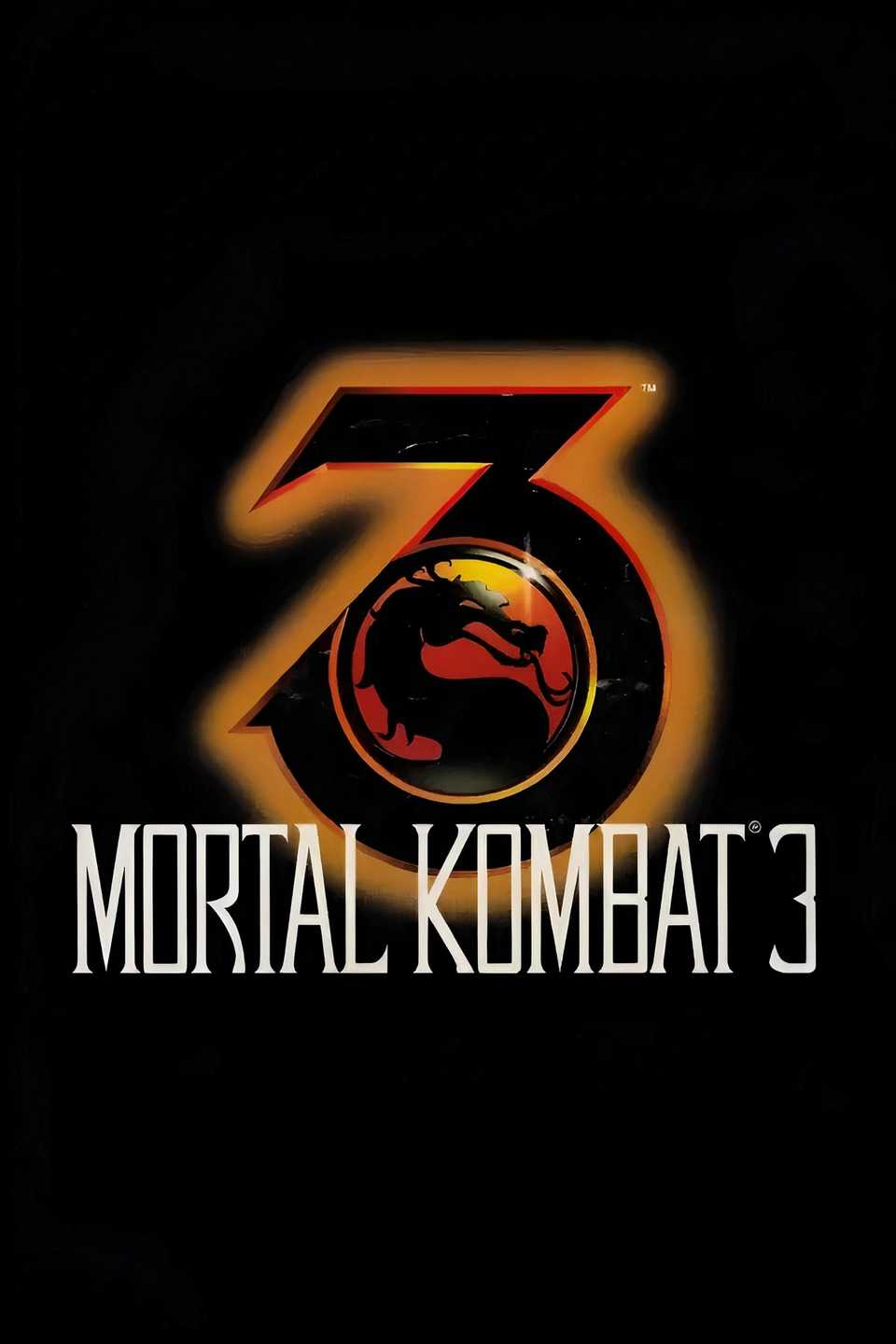
Mortal Kombat III
- Released
- January 1, 1995
- ESRB
- m
- Developer(s)
- Midway Games
- Engine
- Unreal Engine
- Multiplayer
- Local Multiplayer
- Franchise
- Mortal Kombat

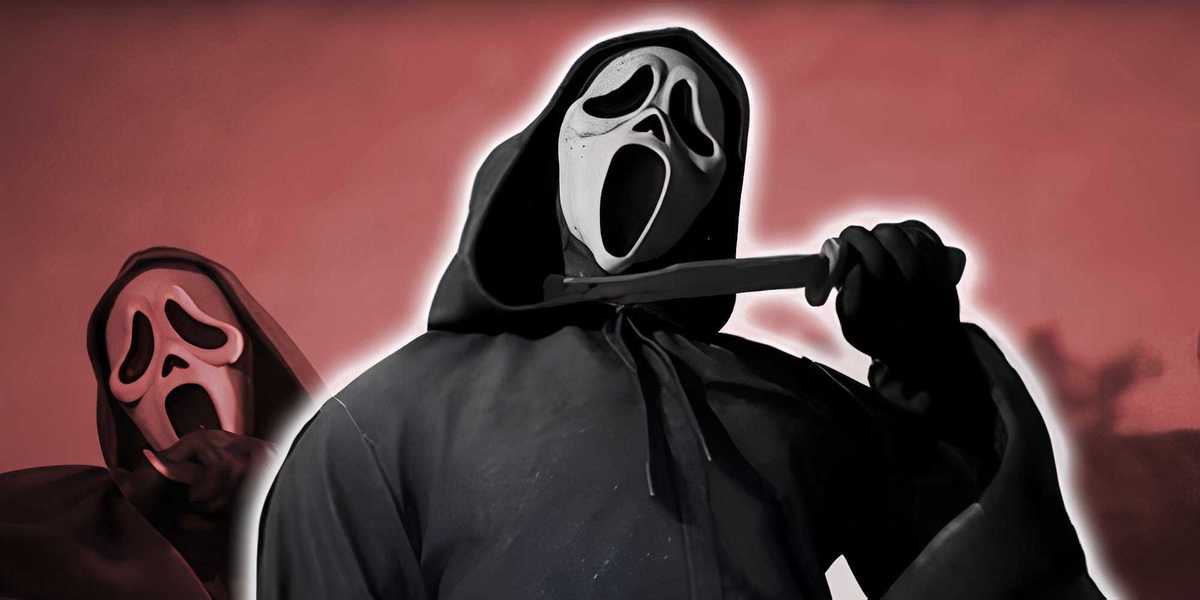
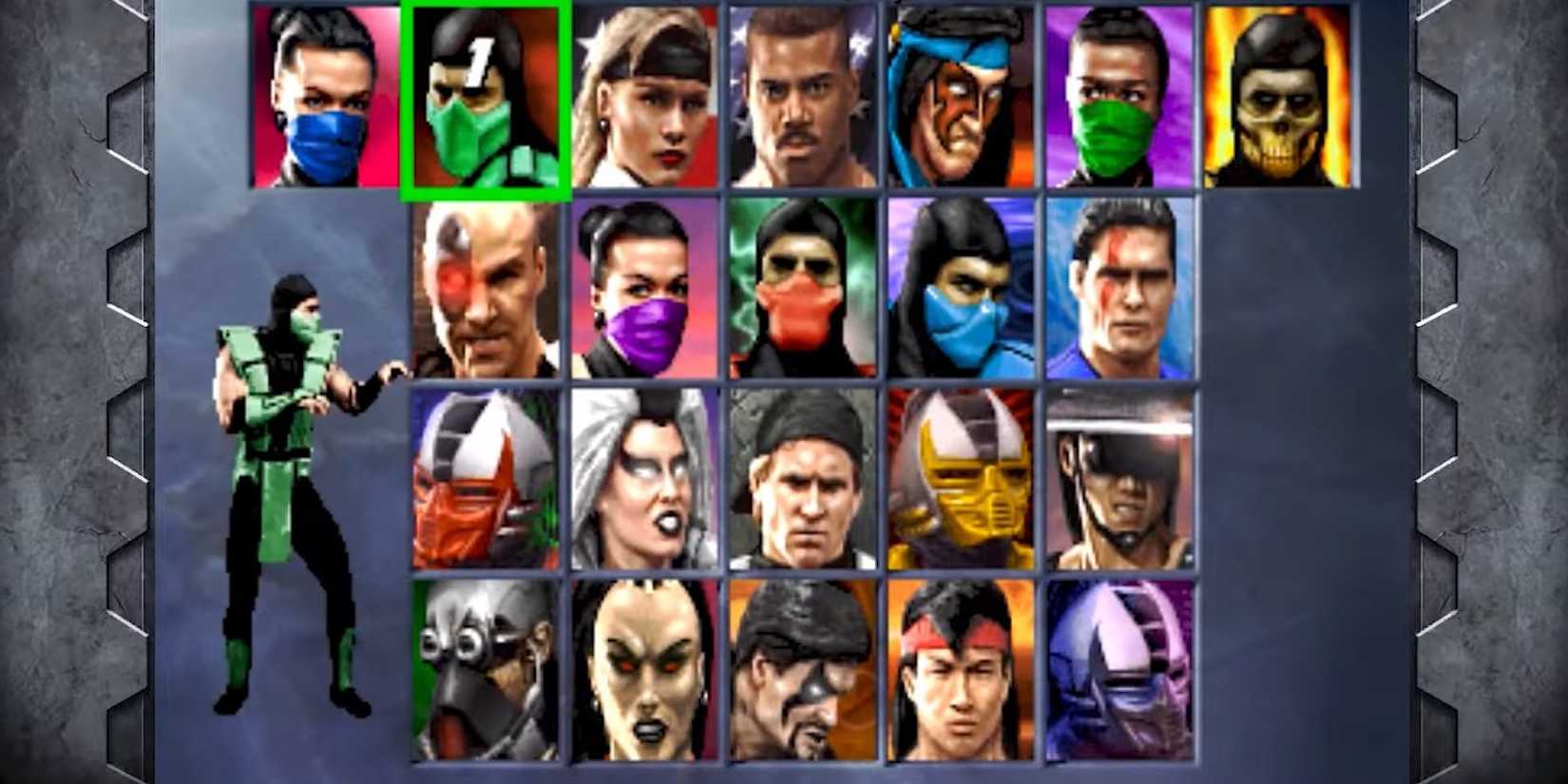






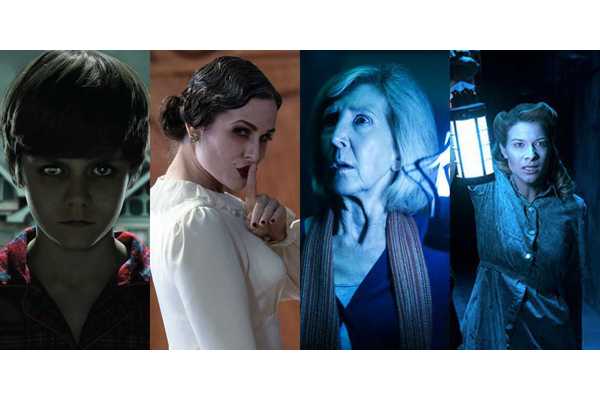
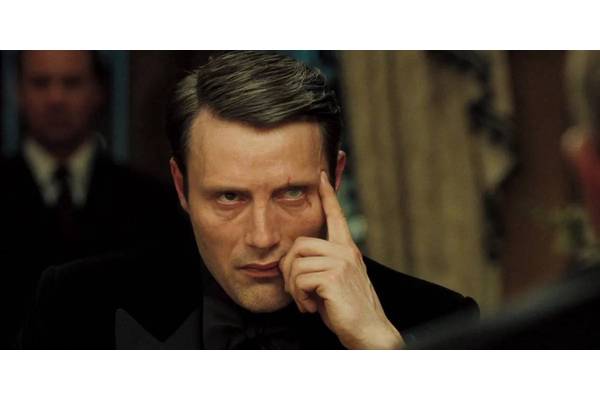
Your comment has not been saved